The Samsung Galaxy Note 4 Review
by Joshua Ho on October 15, 2014 9:00 AM EST- Posted in
- Smartphones
- Samsung
- Android
- Mobile
- Galaxy Note 4
Software
While it’s fully possible to focus purely on hardware and ignore software in some cases, the smartphone in general is proving that such a focus tends to be a bit short-sighted as even when there is a vibrant custom ROM community AOSP-based ROMs aren’t quite as polished as what the OEM produces. In the case of the Galaxy Note 4, Samsung’s additions to the UI become even more important as Android doesn’t have much of the native framework that one might expect, especially when it comes to making use of the Wacom stylus.
As the S-Pen/Wacom stylus is so critical to the Galaxy Note, I want to address this area first. When it comes to the stylus, it’s relatively hard to justify the existence of the stylus for simple navigation, but to this end the stylus is surprisingly useful when it comes to tapping extremely small touch targets on desktop websites.
However, the real functionality of the S-Pen actually comes in the form of taking notes. These use cases include quickly taking down a phone number or writing up a task list, which are conveniently translated into actual tasks or phone numbers to be stored in the calendar or contacts list. Unfortunately, those with poor handwriting will likely find that they cannot write as quickly as one may prefer in order to have accurate transcription, but when these features work they really are quite useful and cool.
While the ability to quickly jot notes down is nice, the S-Pen features really excel when we start looking at anything that involves graphing or writing complex equations. S-Note is surprisingly useful in this regard, and while I suspect that OneNote on Windows is more effective in this use case a full Windows tablet isn’t quite a mobile device the way the Galaxy Note is.
Outside of the S-Pen, TouchWiz continues to be quite acceptable in comparison to previous variants. While multi-window has been around for a long time on TouchWiz devices, I found it quite clunky in previous variations as it required long-pressing the back button in order to activate it. This made for a pretty poor experience as this basically meant that a lot of conscious thought was needed in order to make good use of this functionality. Fortunately, Samsung has also added a multi-window button into the multitasking menu which shows up on the top right of any app that supports multi-window. This is a massive improvement in user experience when compared to previous implementations of this feature. Unfortunately, the use of this function continues to be a bit clunky as it doesn’t seem to be aware of whether the previous application supported multi-window. As a result, opening another app in multi-window when one was already using a multi-window app won’t open the two applications side by side as one might expect. This feature is also dependent upon developer support, so this requires some thinking on the part of the user to check for multi-window support. While Samsung undoubtedly has a good vision for what they want from the phablet experience, the implementation isn’t quite there.
Samsung has also implemented dual-pane landscape views for certain applications, but it seems a bit strange that this wasn’t implemented in the settings menu either. While implementing such views is certainly dependent upon developer support, there is a level of inconsistency that comes from stock Samsung applications that affects the overall polish of the experience. There are also floating windows for some applications, which can help with one-handed usability but are mostly a way of improving multitasking functionality.
In terms of overall design, TouchWiz’s aesthetics are no longer a real issue for most, although this is definitely a matter of personal preference. There really isn’t much lag in most places but I have noticed that the multitasking menu has a rather long latency when compared to most other phones. This causes a noticeable drop in the speed at which I can multitask on a phone. Most people shouldn’t have any issues with TouchWiz at this point, although I suspect that the “option overload” in some parts of the UI will confuse users in general. Samsung is likely in a bind here as they once again have to try and keep features and behavior that upgrading users will expect while also accommodating for users new to Samsung devices. Samsung in general continues to ship TouchWiz with a massive number of software features that might be of use, such as the one-handed usability gesture that automatically shrinks the display to keep content within reach of one thumb.
On the verge of hardware and software, the fingerprint scanner is noticeably improved when compared to what we first saw with the Galaxy S5, and the experience associated with the fingerprint scanner is noticeably less painful when it comes to partial matches and similar behavior. I still think that the fingerprint scanner should be moved to the back of the phone for ergonomic reasons but the implementation is workable as-is.
Overall, the software experience that the Galaxy Note 4 ships with is surprisingly functional, even if there are rough edges that need a bit of polishing. Most people should find themselves quite content with the TouchWiz UX even if there are odd bugs here and there. While the Note 4's software is definitely more functional, Apple ships a more polished software stack with the iPhone 6 Plus.


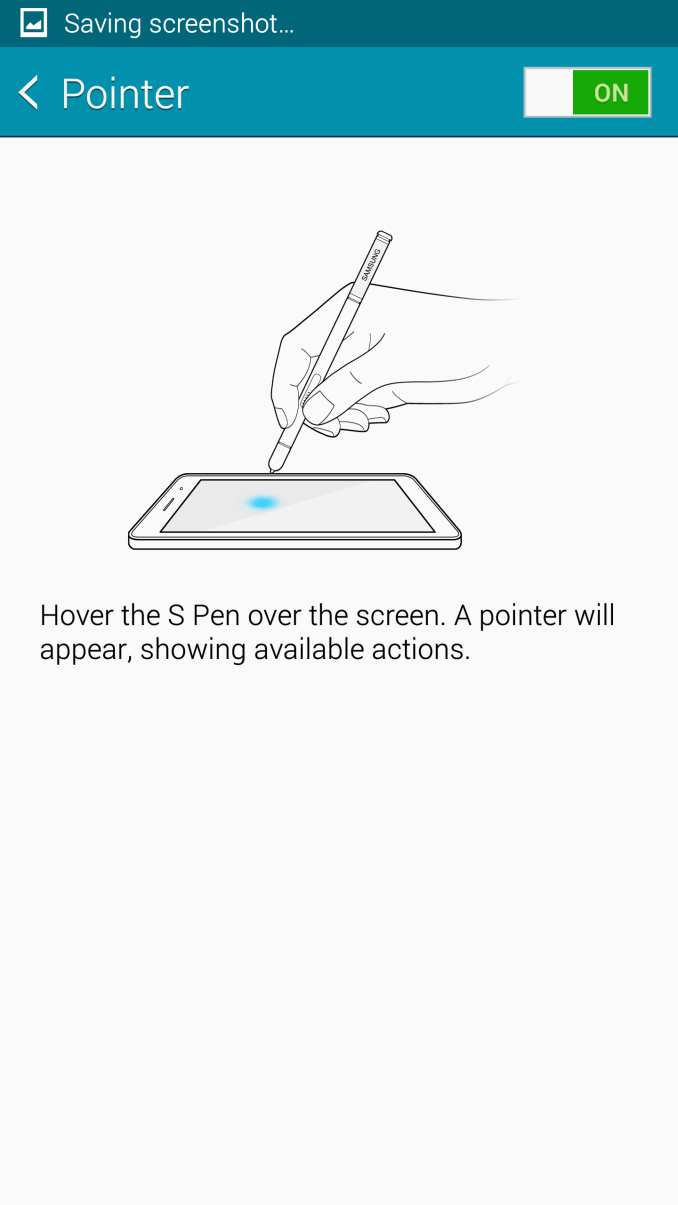
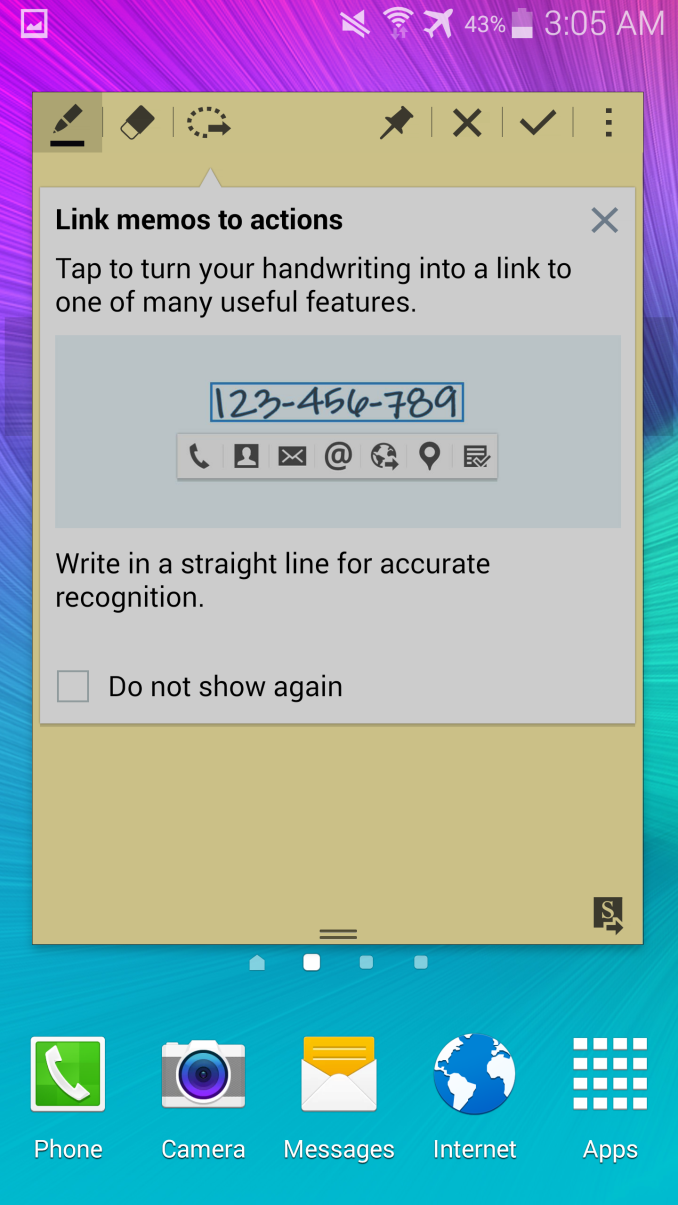

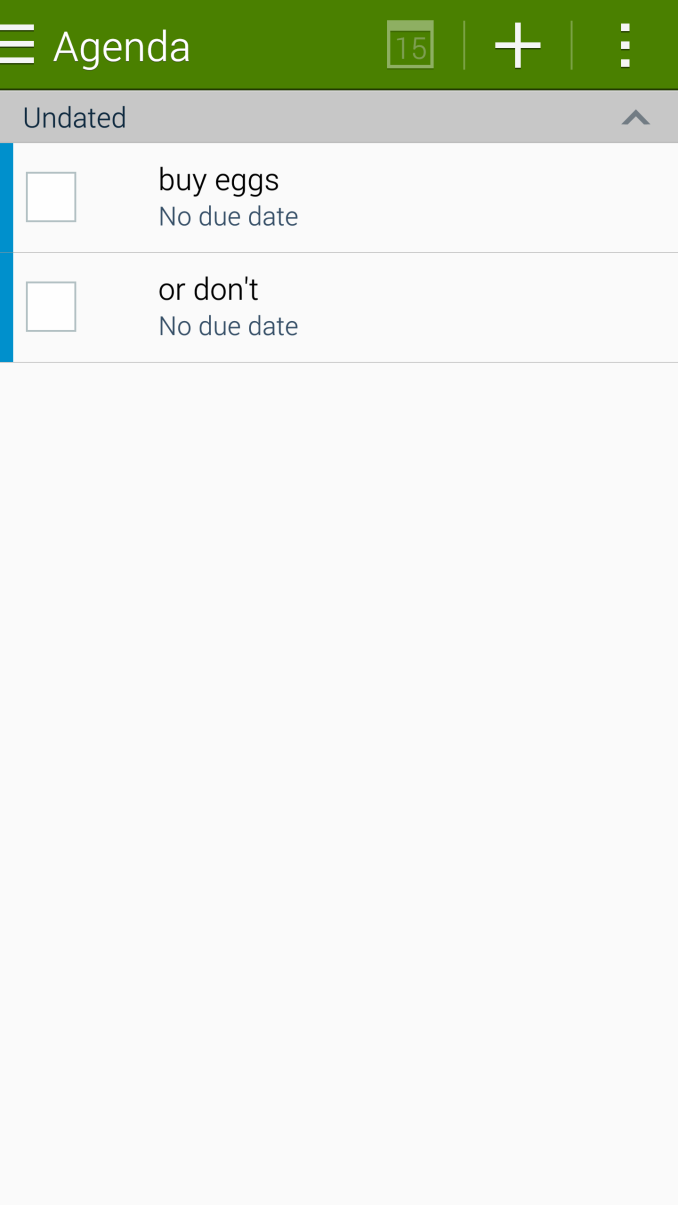
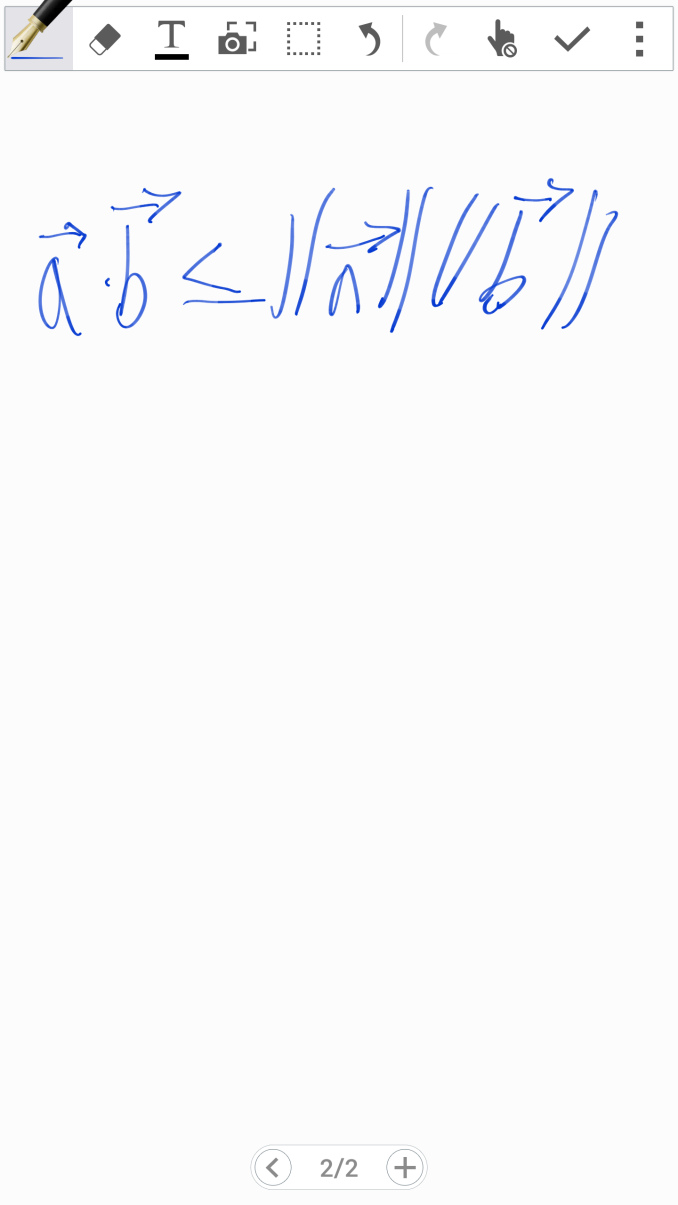
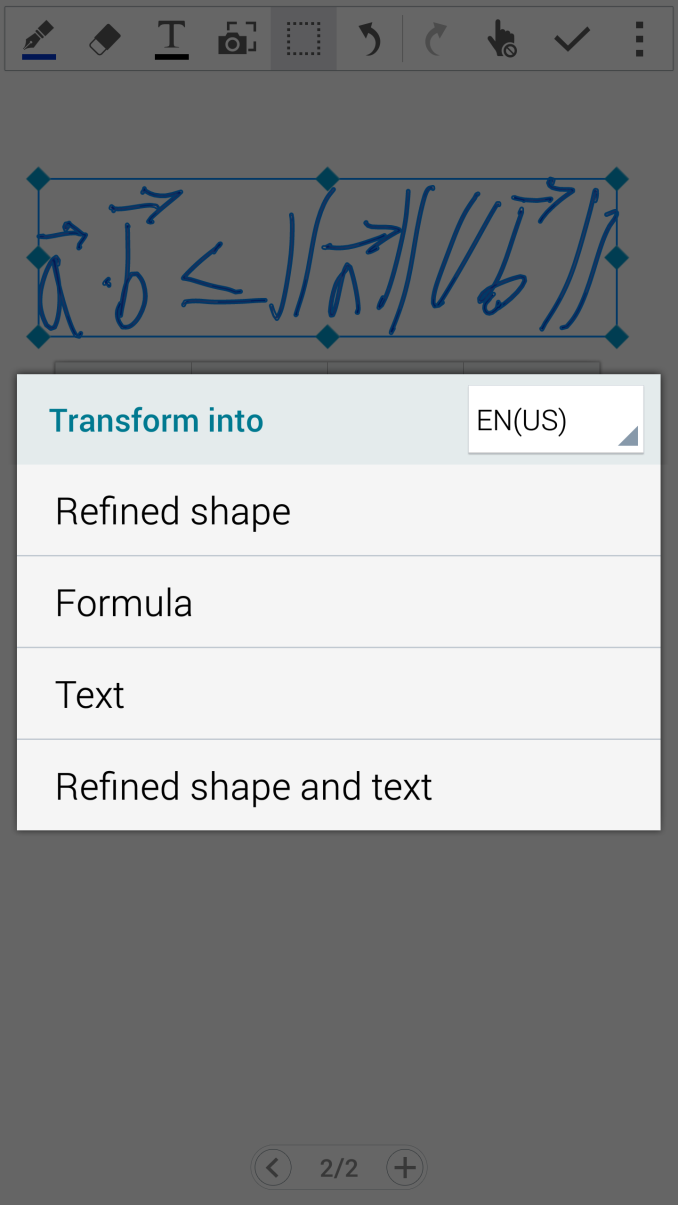
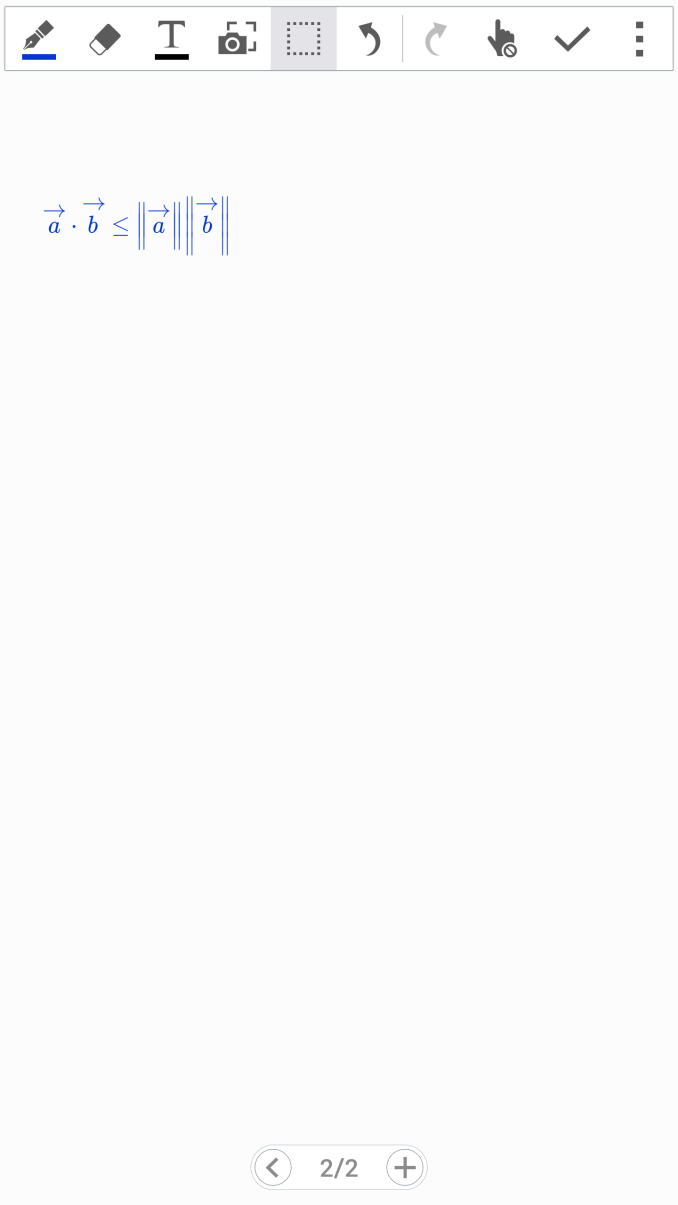
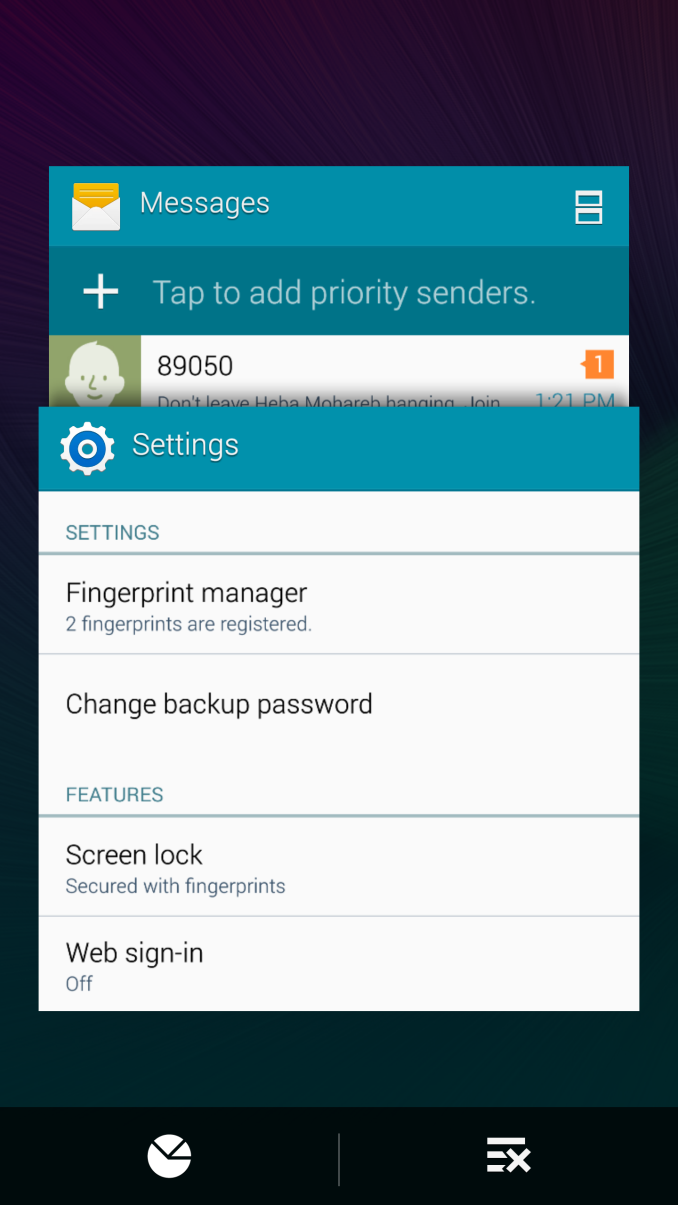
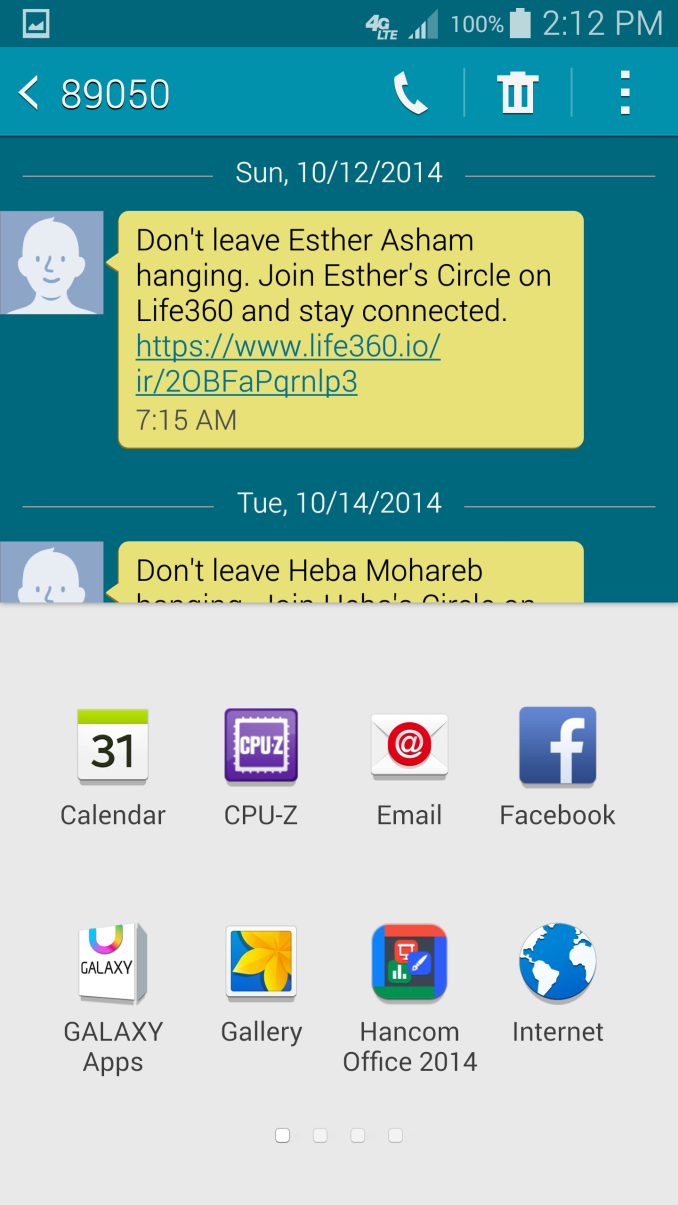
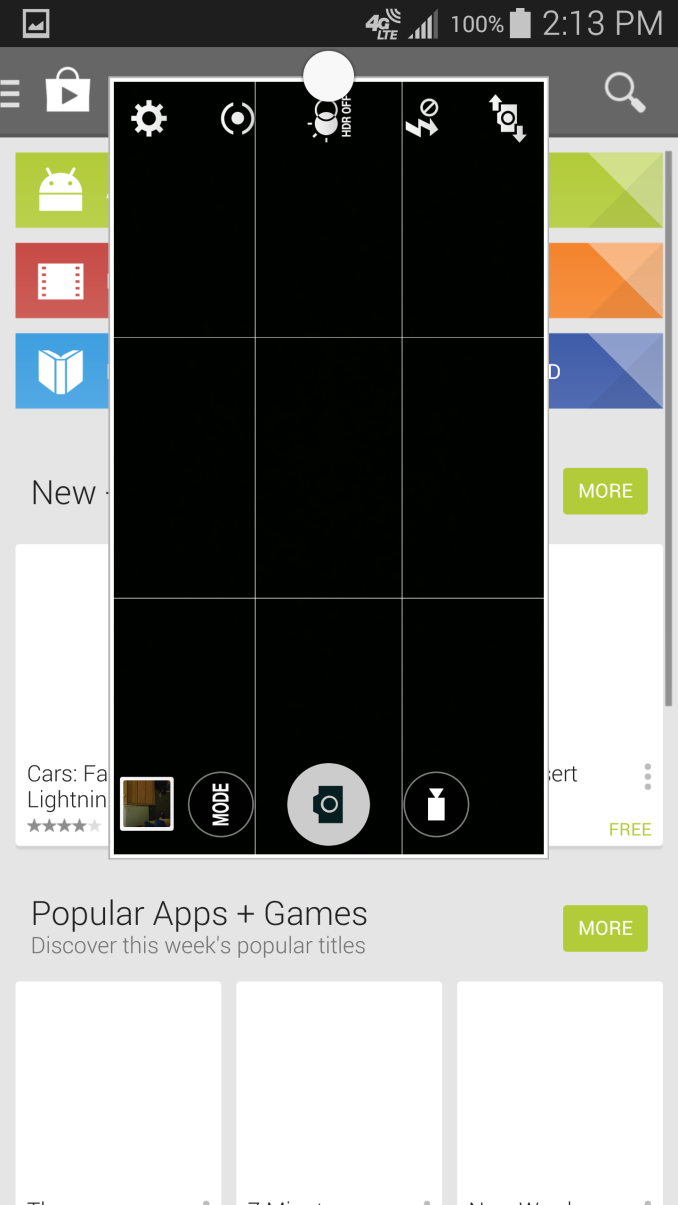
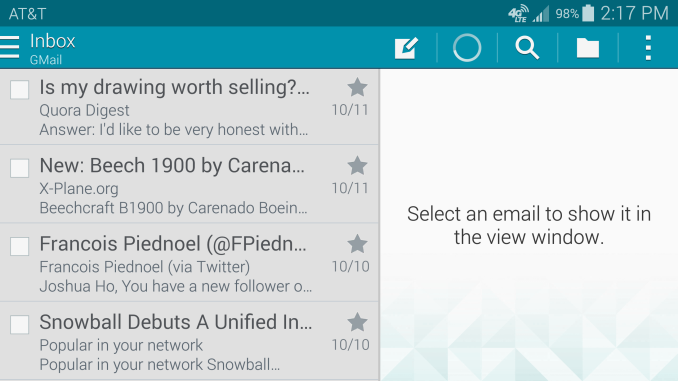
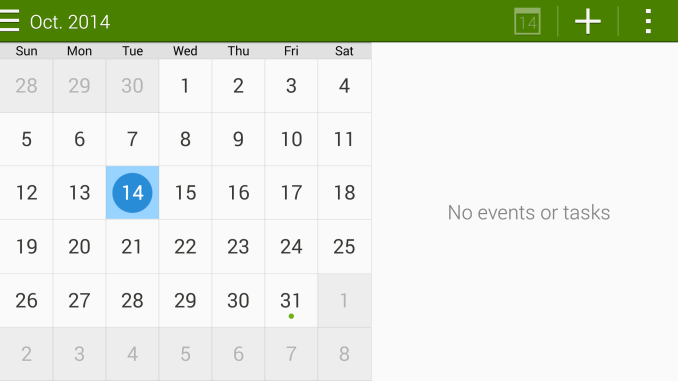
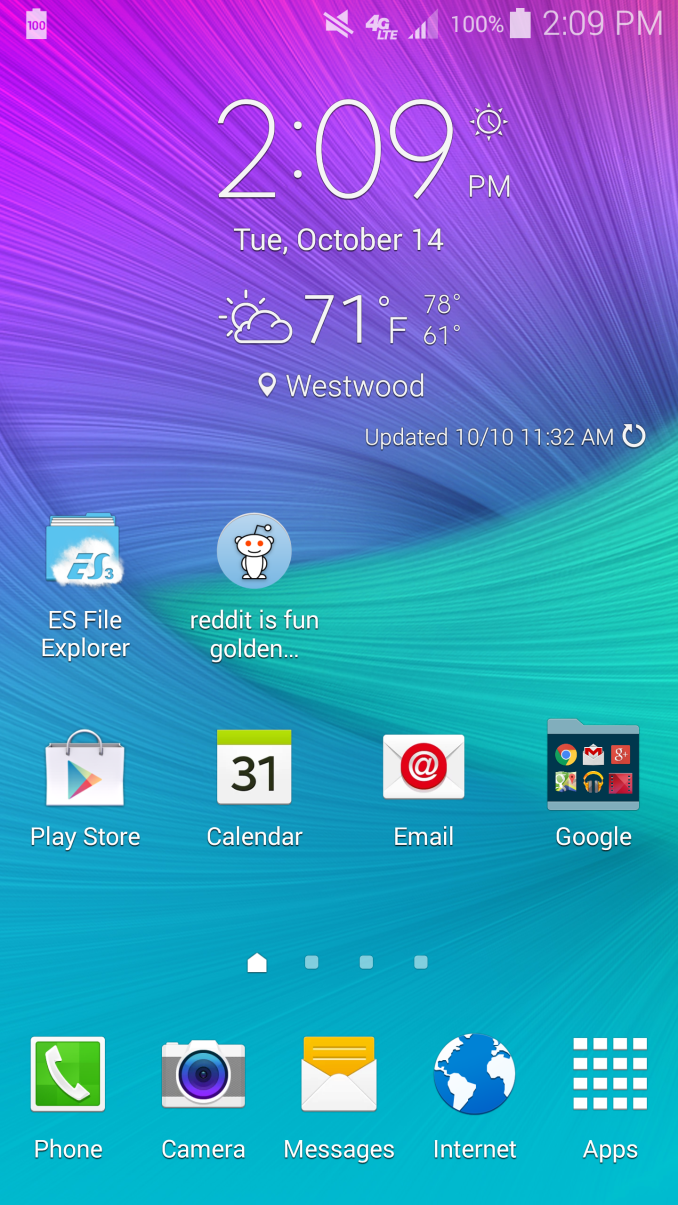









195 Comments
View All Comments
xype - Thursday, October 16, 2014 - link
Uh, huh, haha, you are teh funnay.It _is_ ugly, actually. Plenty of better looking Android devices out there. I don’t know why tech writers need to even add stuff like "design massively improved", when it’s actually not _massively_ improved.
And, no, I don’t think the iPhone 6 is massively improved design-wise (though it looks better from the front than anything Samsung offers), either.
And design is not subjective and open to interpretation. If it was, people wouldn’t be able to agree on a "best design", ever, because the type of looks people liked would be evenly divided among all kinds of designs. And there would be no rules on how to make things look good, either. Just because companies like Samsung don’t understand them it doesn’t mean that those don’t exist.
Tams80 - Thursday, October 16, 2014 - link
People don't agree on 'best design ever'. Well a small group of self congratulatory can, but such a group have often lost touch with reality.theduckofdeath - Thursday, October 16, 2014 - link
You're shooting yourself in the foot if you're arguing that design is not subjective, as Samsung sell 300 million smartphones every year, all of them tends to follow the design language of their current flagship device. So....?tralalalalalala40 - Friday, October 17, 2014 - link
They are giving phones away. Consumers like that, and Samsung is only helping google ironically. Seen their profit's this quarter?solipsism - Wednesday, October 15, 2014 - link
So the Note 4 is thicker, header, only a 32GB only, and USB 3.0 replaced with USB 2.0 over the Note 3? Am I reading that properly?theduckofdeath - Wednesday, October 15, 2014 - link
Probably not, because we don't know what you mean by header. :DThe phone will also come with 64GB storage and it supports SD storage at 128GB and 256GB when that size is in the stores.
The shift back to USB 2 is probably a pretty smart one, as the larger USB 3 connector isn't very convenient.
melgross - Wednesday, October 15, 2014 - link
Using the USB 3 connector wouldn't allow you to make phone calls, among other problems. They had to get rid of it. I can't understand why testing didn't show that.NZtechfreak - Saturday, October 18, 2014 - link
I didn't wait for 256gb micro SD, using a full size 256gb SD in my Note 3 (modified wooden case and ribbon adapter). So, if you must have that right now you can. I'm mulling over whether to get the 512gb SD card and stay with my Note 3 until my contact renews and then grab a Note 4 or something else...rpg1966 - Wednesday, October 15, 2014 - link
"...every GPS fix is a hot fix and takes around 5 seconds" and "...I saw that it took around 50 seconds to achieve a lock".I'm sure I'm being a bit thick, but what does this mean? The initial lock is ~50s, then ~5s thereafter?
JoshHo - Wednesday, October 15, 2014 - link
The initial lock is 50s only if you deliberately clear assistance data (or it expires after a few days of non-use) with airplane mode on. Otherwise it should be less than 10-15 seconds.